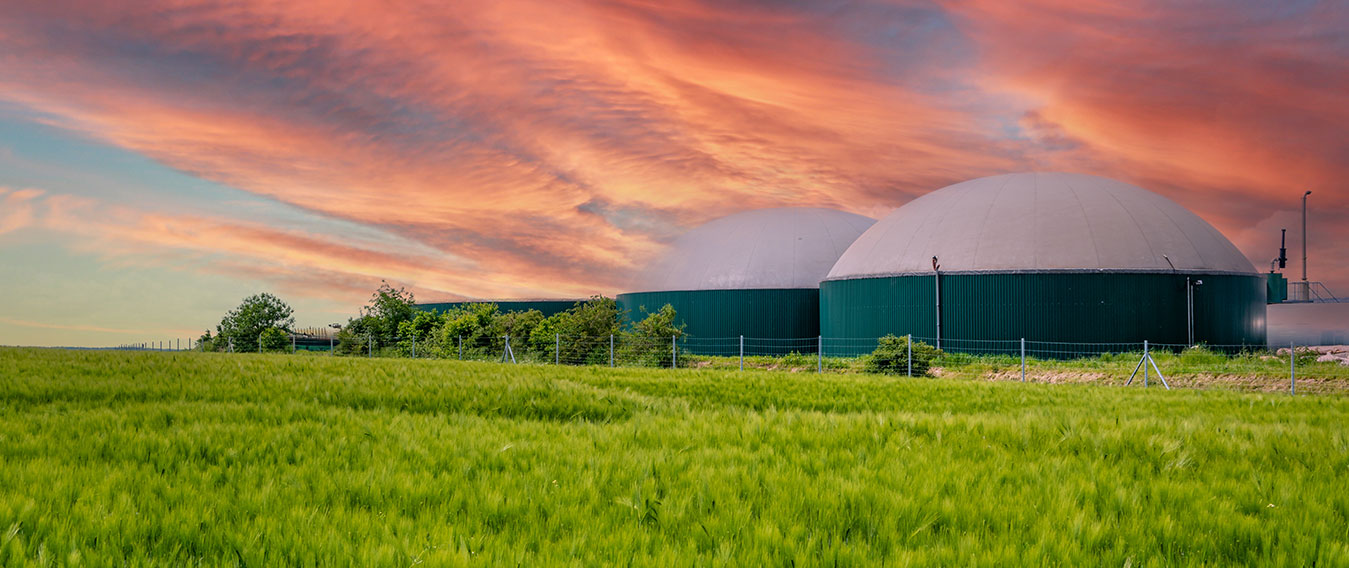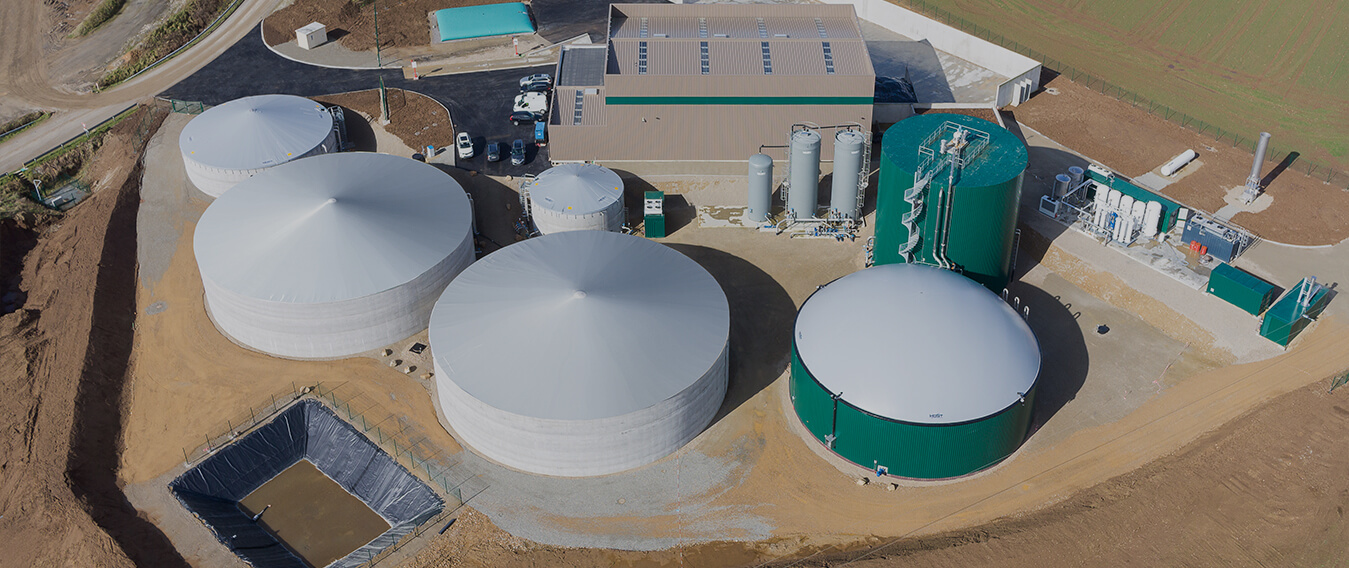Veuillez accepter les cookies "marketing" pour voir cette vidéo.
The biomethane market in 3 key figures
|
What are ENGIE’s goals for biomethane?
ENGIE’s roadmap includes three main objectives:
- 10 TWh of annual biomethane production in Europe by 2030
- €3 billion invested in biomethane production capacity
- 30 TWh of biomethane sold by 2030
This expansion will cover production activities in eight European countries: France, Germany, Italy, the Netherlands, the UK, Spain, Belgium, and Poland.
What is biomethane?
Biomethane is a renewable gas produced from the fermentation of organic waste from households, agriculture, or industry. It's a renewable alternative to natural gas for households, industries, farmers, and local authorities. Its carbon footprint is eight times lower than that of natural gas (based on life cycle analysis).
What are the advantages of biomethane?
Reducing greenhouse gas emissions
Produced from organic matter, biomethane is a renewable energy source that reduces carbon emissions by 81% compared to natural gas (based on life cycle analysis), while also improving air quality.
Adding value to waste
The biomethane production process makes valuable use of waste and reduces the need for chemical fertilizers, which produce CO2 emissions during their manufacture and import.
In exchange for organic waste from farmers, ENGIE provides digestate, a residue rich in nitrogen from the methanization process, which can be used as a fertilizer or soil amendment. This natural fertilizer helps return essential nutrients to the soil, aiding plant growth.
By producing biomethane, farmers can convert their waste into renewable energy, generate additional income, and contribute to decarbonizing the energy mix.











